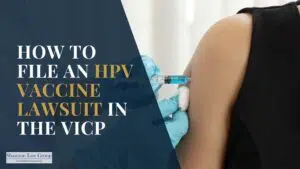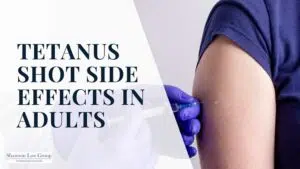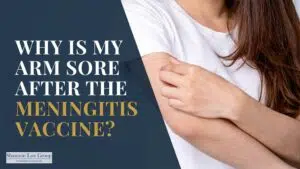
A recent report published by the Center for Economic Justice and the Consumer Federation of America finds that while some auto insurers have provided premium relief and rebates to customers in light of reduced driving due to COVID-19, “most insurers’ auto insurance premium relief has not been sufficient.”
The report, Personal Auto Insurance Premium Relief in the COVID-19 Era, published in May, follows a March 18, 2020 letter issued by the same two groups. This letter called on state insurance commissioners to direct auto insurance companies to provide premium offset payments to policyholders whose driving has been affected by COVID-19, which I discuss here.
Across the U.S., driving is at an all-time low
Both groups point out that “[w]ith shelter-in-place restrictions and business closings, most people stopped driving or reduced their driving dramatically. With fewer cars on the road, there were dramatically fewer accidents. Fewer motor vehicle accidents mean fewer auto insurance claims.”
Because of COVID-19 restrictions, the assumptions about future claims that underlie the insurance rates that went into effect March 1, 2020 “became radically incorrect overnight.” The report continues, “When roads emptied, the frequency of motor vehicle accidents and insurance claims dropped dramatically and immediately.
The then-current rates became excessive not just for new policyholders going forward, but also for existing policyholders whose premium was based on now-overstated expectation about insurance claims.”
Data collected and analyzed by the CFA and CEJ reflect that between March 22 and April 25, total vehicle miles traveled across the country fell by over 62%. In other words, U.S. drivers traveled 62% fewer miles than normal. In Illinois, driving miles were down over 64% each week between March 22 and April 25.
Groups call for reduced auto insurance premiums and rebates
The report finds that “when large numbers of cars leave the road, the likelihood of the remaining drivers getting into an accident drops because there are so many fewer cars on the road.” The CFA and CEJ calculated that motor vehicle accidents in late March and April were reduced by over 50%.
The report concludes that a minimum average 30% premium relief payment is required to offset the reduction in the amount that insurers will now be required to pay on claims.
These groups find that many insurers that have provided some form of premium relief have fallen short, as “the vast majority of insurers promised relief of 15% of policyholders April and May premium.” The report concludes that “this relief is inadequate because it doesn’t provide the relief justified for the second half of March and because 15% of April and May premium is too low to reflect the deep reduction in claims.”
Both groups single out GEICO, specifically, as underperforming in this area. GEICO is promising only future premium reductions upon policy renewal, meaning “the consumer sees no benefit unless and until they renew their policy.” The CFA and CEJ note that this is unfair because it penalizes customers who do not renew with GEICO and fails to credit consumers for the current premium that has become excessive.
The report also calls on regulators to step in where insurers will not do so voluntarily: “Regulators’ statutory responsibilities – ensuring insurance rates are not excessive and not unfairly discriminatory and protecting customers – requires action to ensure fair treatment of consumers and prevention of windfall profits for insurers.”
How state insurance commissioners have responded so far
Only three state regulators – Alaska, Pennsylvania, and Maryland – have encouraged insurance companies to provide auto premium relief. Only one state, California, has ordered insurers to provide premium relief.
Notably, Illinois, home to Allstate and State Farm (two of the largest auto insurers in the U.S.), is the only state in the country in which regulators have no authority or obligation to ensure rates are fair.
The groups further conclude that ongoing auto premium relief will be necessary, as future driving will not immediately jump back to pre-COVID-19 levels, and may never get there at all.
On this point, the report concludes that “gradual relaxing of shelter-in-place restrictions, slow economic recovery, and permanent changes in work-related travel demonstrate the need for on-going relief and a different regulatory approach until a new normal develops.”
Whether insurers deliver the relief called for by the CFA and CEJ remains to be seen.
The full CFA/CEJ report can be found here.
Schedule Your Free Consultation Today



